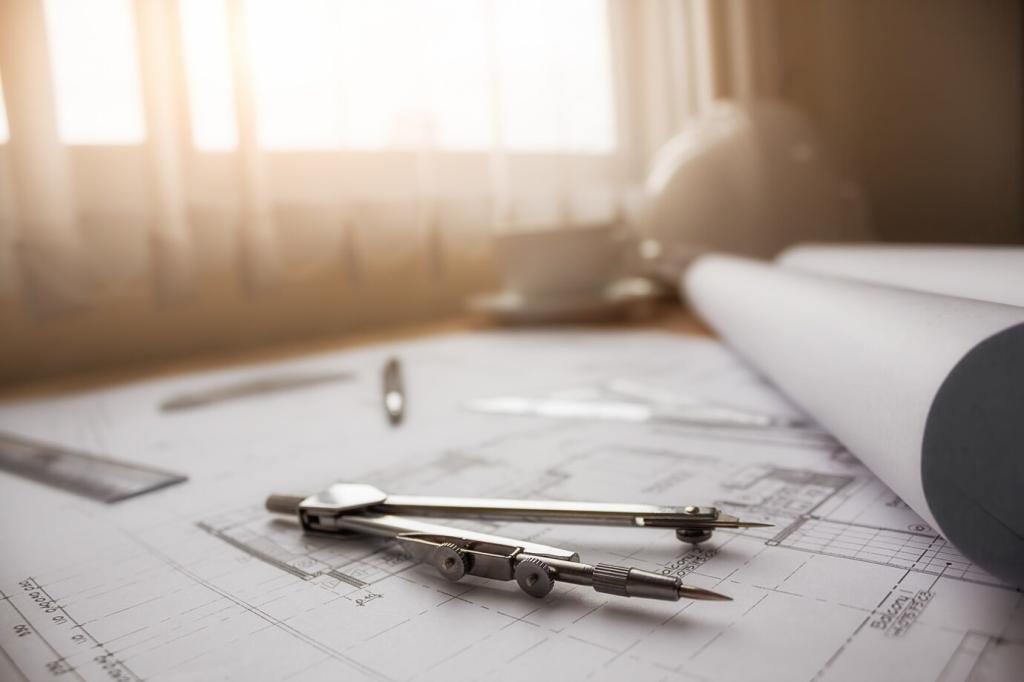Adaptive Reuse in Urban Spaces: Turning the Past into Vibrant Places
Why Adaptive Reuse Matters Now
Embodied footprints, drastically reduced
Every reused wall carries energy we do not need to spend again. Adaptive reuse slashes demolition waste, preserves embodied carbon, and accelerates delivery by reusing existing structure. Share examples where keeping bones saved time, money, and unnecessary truckloads of debris in your neighborhood.
Culture you can walk through
People do not fall in love with abstract plans; they bond with places that hold memory. Reworking industrial shells into social spaces keeps neighborhood stories alive while welcoming new uses. Which landmark in your area could anchor identity without becoming a museum piece?
Economic ripple effects that last
Adaptive reuse often stabilizes corners others overlook, drawing foot traffic and small businesses while reducing speculative risk. Incentives and tax credits can stack with operational savings from existing infrastructure. Have you seen a reuse project revive a block without pricing out longtime residents?

Design Strategies for Old-to-New Transformations
Respect the fabric, reveal the story
Retain distinctive columns, brick scars, and truss lines; let interventions read clearly as new. Contrast materials to narrate time, and design reversible connections. What traces would you keep visible so visitors can literally read the building’s biography as they move?
Light, air, and structure working together
Cut strategic voids for daylight and cross-ventilation, but verify load paths before carving. Pair slender mezzanines with skylights to avoid overloading aging beams. Where have you seen an elegant daylight solution that made an old interior feel generous without excessive alteration?
Program for flexibility, not perfection
Layer uses that change gracefully: studios by day, markets on weekends, community classrooms at night. Use modular services and demountable partitions to adapt over time. What flexible pairing would keep your chosen building useful through economic cycles and demographic shifts?

Global Case Studies That Inspire
An abandoned freight rail transformed into a linear park reframed how cities see leftover infrastructure. Beyond beauty, it rerouted foot traffic, catalyzed investment, and sparked copycat projects worldwide. What linear remnant near you could become a civic spine instead of a fenced-off scar?
Global Case Studies That Inspire
A former power station now hosts contemporary art, its turbine hall proving monumental volume can be democratic space. The reuse preserved industrial character while welcoming millions annually. Which big empty room in your city could shift from engine of power to engine of culture?
Community Voices and Social Impact
Start with walking audits, bilingual surveys, and pop-up meetings inside the candidate building so everyone experiences its potential. Pay local facilitators and provide childcare. What listening tool would help your community shape the brief before any designer sketches a line?

Navigating changing codes with legacy bones
Existing stair widths, head heights, and egress patterns rarely match current rules. Use performance-based compliance, fire engineering, and creative compartmentation to satisfy safety without gutting character. Which code hurdle has stumped you, and how did your team unlock it responsibly?

Heritage approvals and authentic repairs
Conservation authorities value honesty: repair rather than replicate, and document interventions meticulously. Sample materials, test cleaning methods, and avoid erasing patina that tells the story. What approval tip or detail drawing won trust on your last adaptive reuse application?
Your Street, Your Story: Getting Involved
Walk a five-block radius and photograph candidates: empty shops, underused parking decks, or quiet warehouses. Note sun angles, transit, and nearby schools. Post your shortlist and ask readers here to imagine compatible uses before momentum fades.
